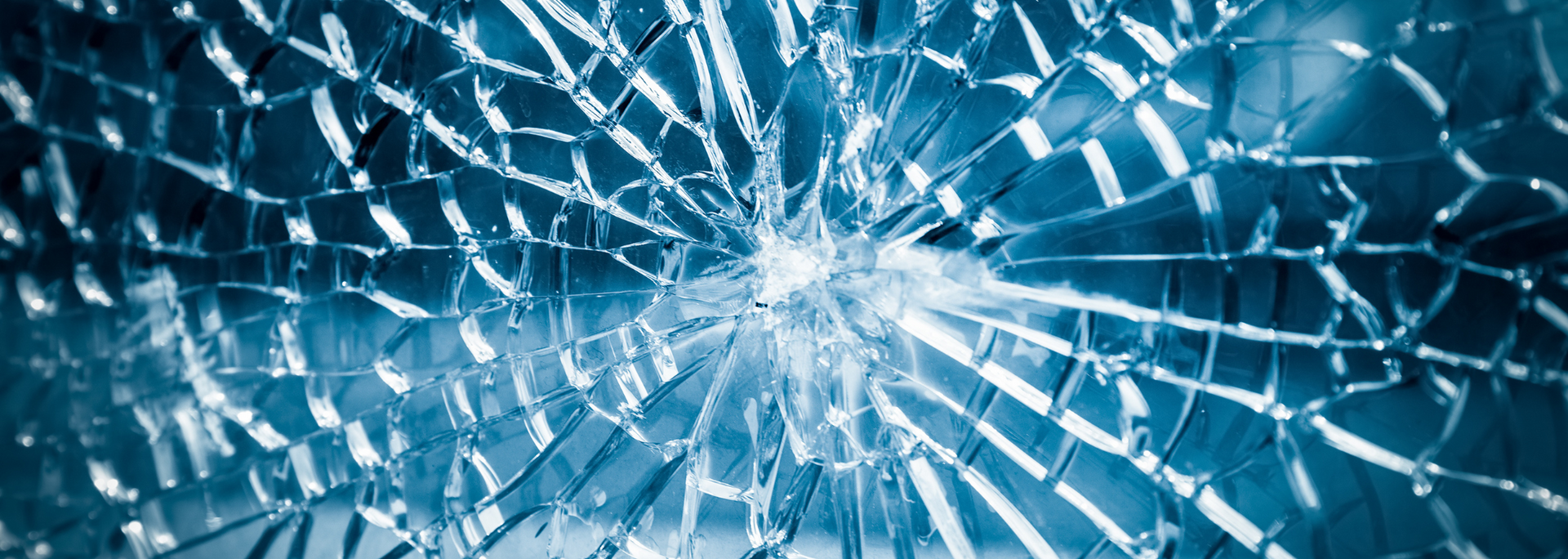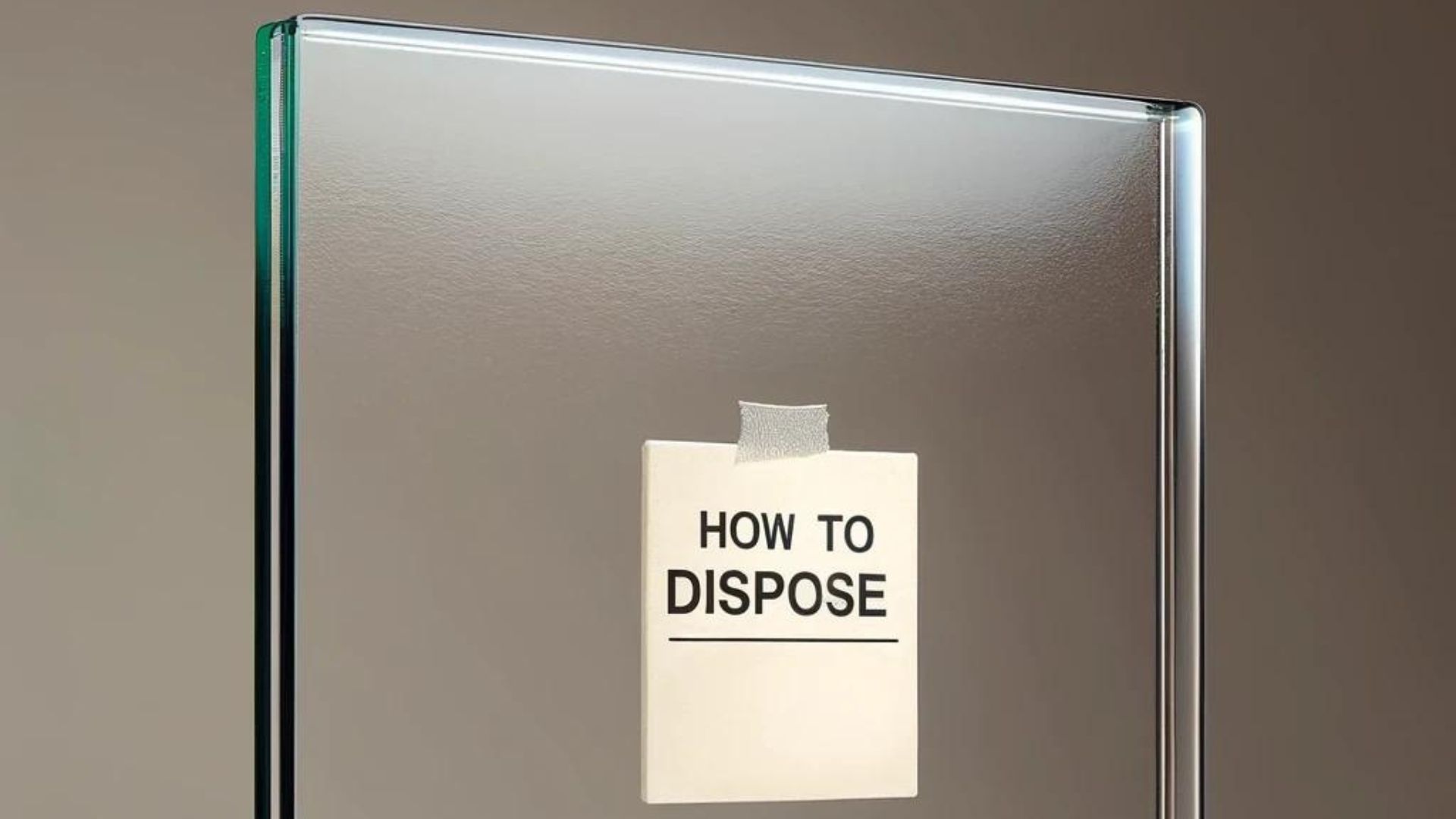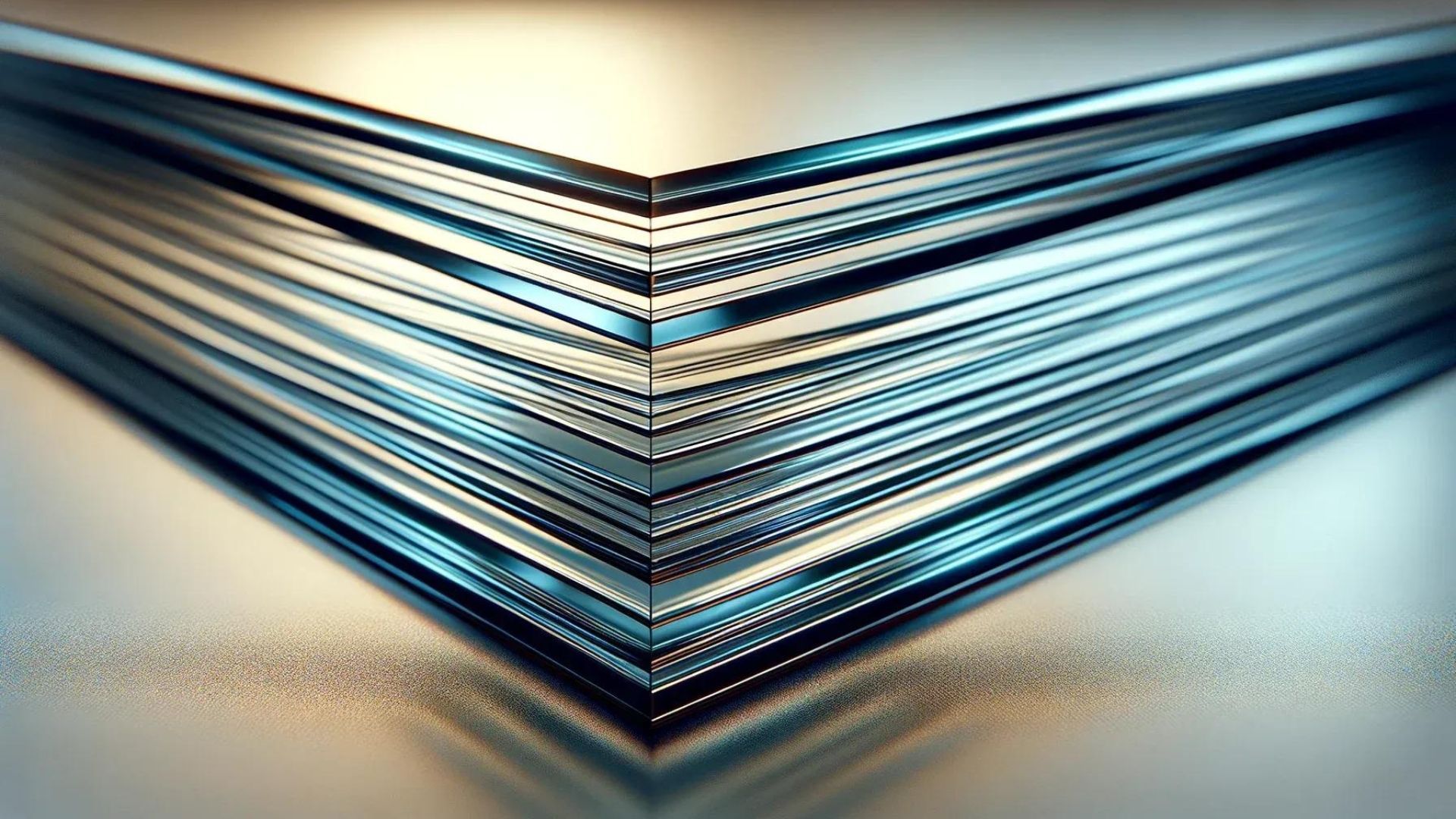
Toughened glass is a staple material in structural glazing. Learn the science behind it in our jargon-free blog.

Toughened glass is everywhere. But like many of the materials that surround us, not many of us know how it's made.
Toughened glass is manufactured in such a way that it can withstand huge amounts of force. But when it does finally break, it shatters into lots of little pieces.
Its strength and durability make it ideal for architectural glazing: doors, staircases, balustrades, partitions and more.
This is all thanks to the manufacturing process. There are two main ways that glass is toughened: first, by tempering in a furnace, and second, by an ion exchange brought about by a chemical bath.
In this article, we explain these processes in plain English so you can understand just how toughened glass is made. First up: the furnace method.
The furnace method
In this method, glass is toughened by a process known as "tempering". First of all, the glass is placed in a furnace that's heated to 600°C (1,112°F).
Once the glass is heated, it's taken out of the furnace and rapidly cooled by jets of pressurised cool air. This step is called "quenching".
Quenching is a quick process. It causes the thin surface layers to cool quickly and form hard glass. At this stage of the process, the outer layers are hard and cool, but the inside is still warm.

Over time, the inside will also lose heat and become hard. But it won't contract in the same way that the outer layers did. It's stopped from doing so by the hard outer layers.
This means the outer layers are compressed and the inner layer has a compensating tension. Taken together, these qualities make for glass that's extremely hard to break.
Chemical toughening
Glass can also be toughened by submersion in a chemical bath.
In this method, the glass is put in a bath of potassium nitrate and heated to a high temperature – usually over 400°C (752°F).
This produces something called an "ion exchange". This is where the potassium ions of the liquid and the sodium ions of the solid glass are exchanged. The result is a toughened "skin", which makes the glass as tough as old boots.
How has the process changed over time?
The first glass tempering was carried out in 1874 by the impressively named Francois Barthelemy Alfred Royer de la Bastie, who quenched barely solid glass into a heated bath of oil or grease. This was the beginning of the chemical toughening process that we still use today.
In 1877, Friedrich Siemens outdid de la Bastie by pressing glass into cool moulds and leaving them to harden – an early version of the quenching process used in today's processing facilities.
Prince Rupert's drops
Prince Rupert of the Rhine (1619-1682) was a busy man. As well as being an English-German army officer, admiral, scientist and colonial governor, he also introduced Prince Rupert's drops to England in 1660.
These are tadpole-shaped glass beads that have a remarkable quality. If you snip the tail, the drop explodes into smithereens. But the bulbous head can withstand repeated hammer blows.

This is possible only because of the science behind the manufacturing process – one which is adjacent to today's glass toughening.
Prince Rupert's drops are made by dropping molten glass drops into cold water. This rapid cooling creates a tough glass bulb that can take a huge amount of force – up to 67,740 kg.
These glass beads are a curio. But they tell us something about the way that glass can be made extremely tough – something that's since been used to increase our safety in all manner of settings.
What is heat soak testing?
When tempered in a furnace, glass is vulnerable to something called "nickel sulfide inclusions". These are microscopic inclusions which, over time, can increase in size and lead to spontaneous breakages.
To stop this from happening, glass processors and manufacturers carry out a method called heat soak testing. This is where glass sheets are heated at a temperature between 250°C and 290°C (482°F and 554°F). If a sheet contains nickel sulfide inclusions, it's likely to shatter and so is taken out of circulation.
Heat soak testing isn't infallible. It's still possible for an inclusion to pass the test and in very rare cases result in spontaneous shattering. But when buying toughened glass, make sure you go for a processor, manufacturer or supplier that offers heat soak testing as part of its package.
Can toughened glass be cut?
Toughened glass is specifically designed so it shatters if the tensions held within the glass are broken. This means that once the toughening process has been completed, it can't be cut, drilled or shaped. The glass has to be cut to the customer's requirements before firing.
What's the difference between toughened glass and laminated glass?
Both toughened glass and laminated glass are types of safety glass. However, they're manufactured differently.
Laminated glass consists of two or more sheets of glass – often toughened – with a plastic interlayer in between. This means that if you strike a sheet of laminated glass, it won't shatter. Instead, you get a distinctive spider-web breakage pattern.

If you apply a huge amount of force, you can break laminated glass, but it never shatters. Instead, it breaks into large pieces that are held in place by the interlayer.
Both toughened glass and laminated glass are used in architectural glazing but for different purposes. Certain types of laminated glass are stronger, so are the go-to for doors, windows and other features that need to be practically impenetrable.
Final thoughts
Toughened glass is a staple of architectural glazing thanks to its durability and strength. We hope that this article has shed a little light on how it's made and the science behind its properties.
Are you looking for high-quality toughened glass panels? Don't hesitate to get in touch with our experts for a quick, competitive quote.
This is a paragraph. Writing in paragraphs lets visitors find what they are looking for quickly and easily.
This is a paragraph. Writing in paragraphs lets visitors find what they are looking for quickly and easily.

| ToughGlaze LTD






